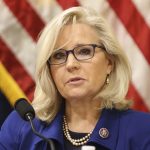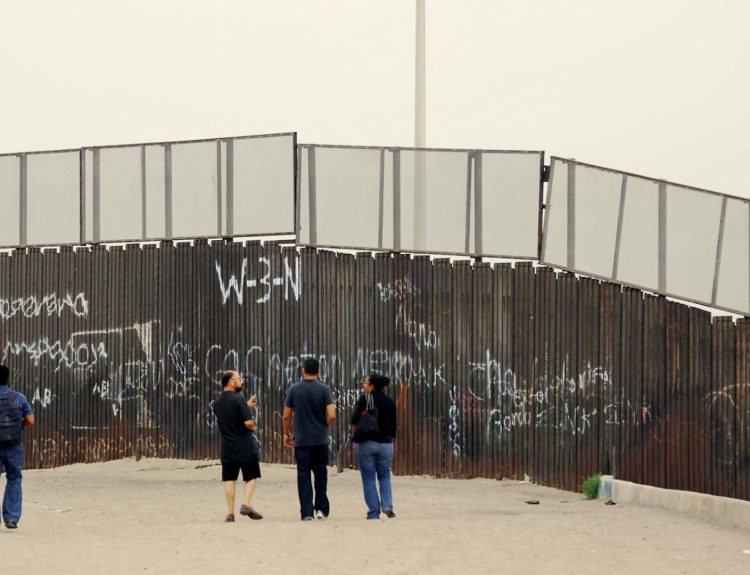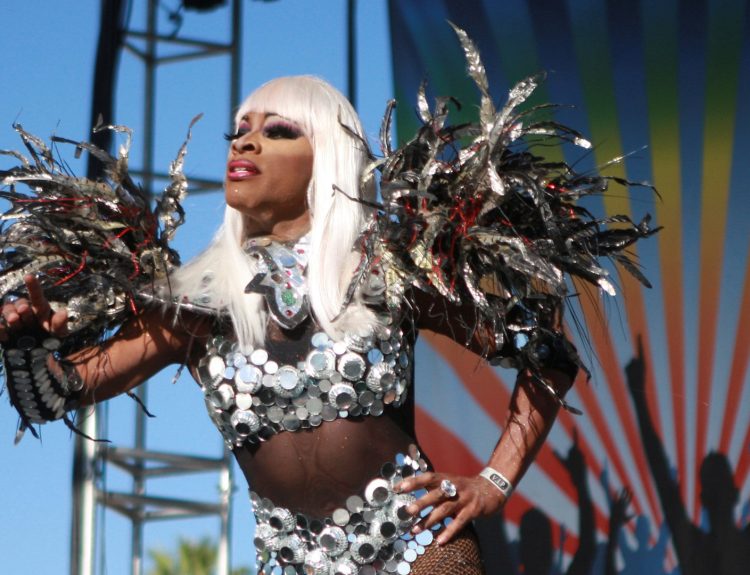The racial makeup of America has slowly transformed over recent decades. Analysis indicates the long-standing white majority will slip into plurality within two decades.
White Majority Aging Out
The 2020 census shows Generation Z was the last to have a white majority population. Now the overall American white majority demographic is declining- especially among youth.
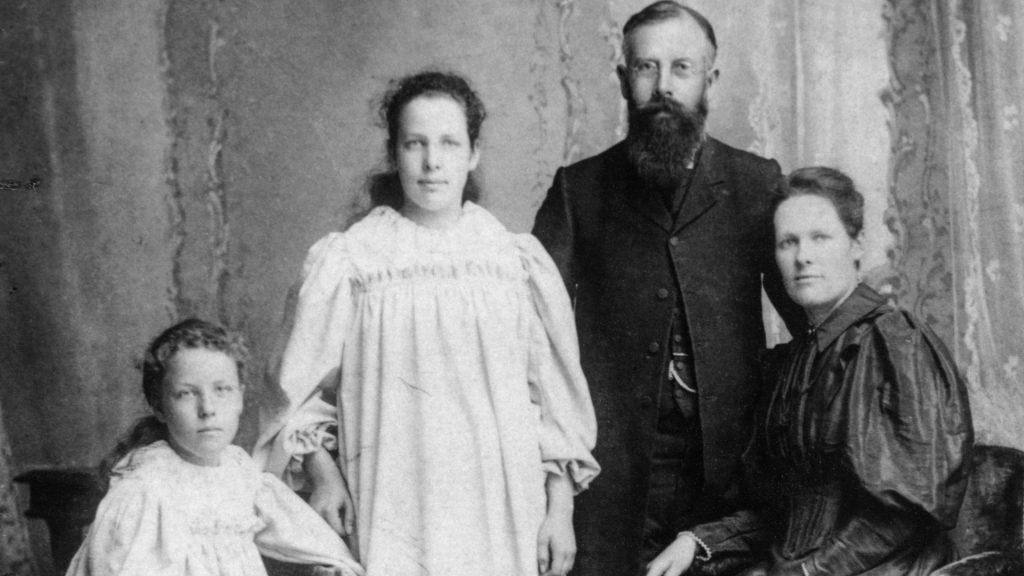
This trend aligns with predictions from demographer William Frey. Aging especially quickens among white groups while younger minorities account for most population growth. “Whites contribute more to older gains versus younger declines across regions,” Frey’s analysis elaborates.
Why A Growing Racial Age Divide Matters
While balancing an aging society poses policy challenges, immigration fuels renewed vitality. “Immigration benefits America, contributing energy, taxes, and robustness,” argues Frey.
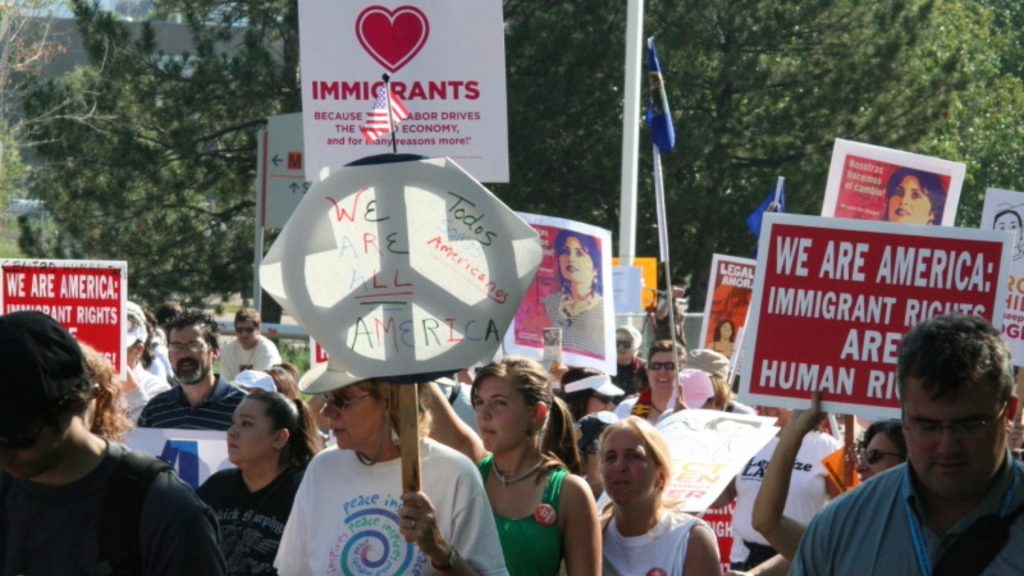
Yet a racial generation gap risks tensions. An expansive definition of “white” culture historically smoothed assimilation. Narrower concepts now may slow advancement options for nonwhites, limiting shared prosperity.
Measuring the Growing Racial Divide
Back in 2000, over 80% of the older American population was white, compared to just 60% of the youth population. But by 2020, that gap had widened even further – with 75% of older Americans being white, while less than 50% of younger Americans were white. This reflects substantial declines in percent whites across age brackets.
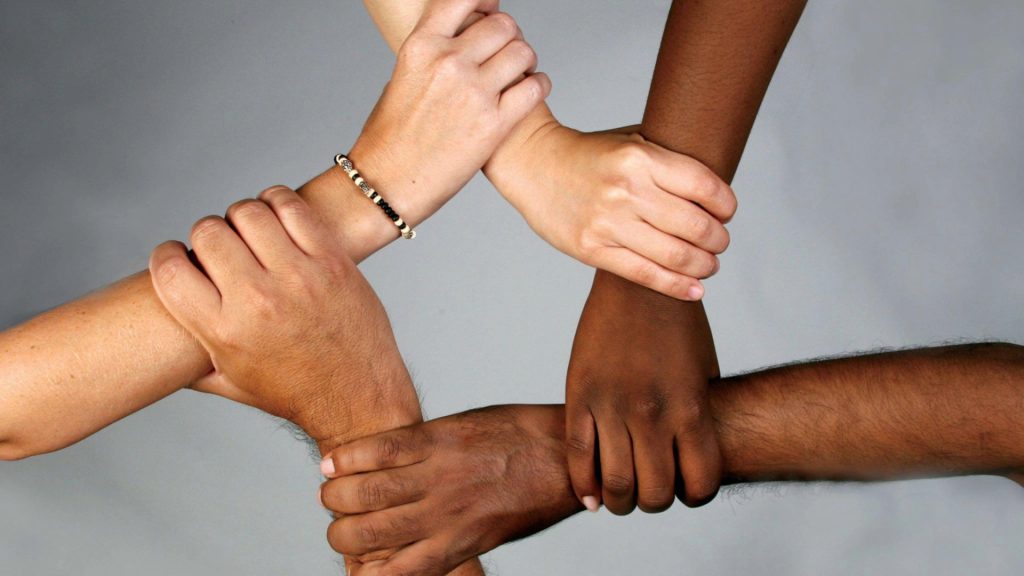
This growing polarization and stark divergence between young diversity and older white dominance are alarming for many analysts. “Are we fragmenting into camps that are increasingly incapable of communicating with each other or even understanding opposing viewpoints?” asks Professor Richard Alba. While Alba contends whites will continue leading American culture for decades to come, the data shows younger generations live in a radically demographically different reality that could exacerbate tensions.
The Great Replacement Theory
Despite evidence that whites maintain societal sway, fears emerge that population shifts mean marginalization. Some conspiracy circles even float unsupported ideas about deliberate plots to diminish white dominance, using loaded terms like “replacement.”
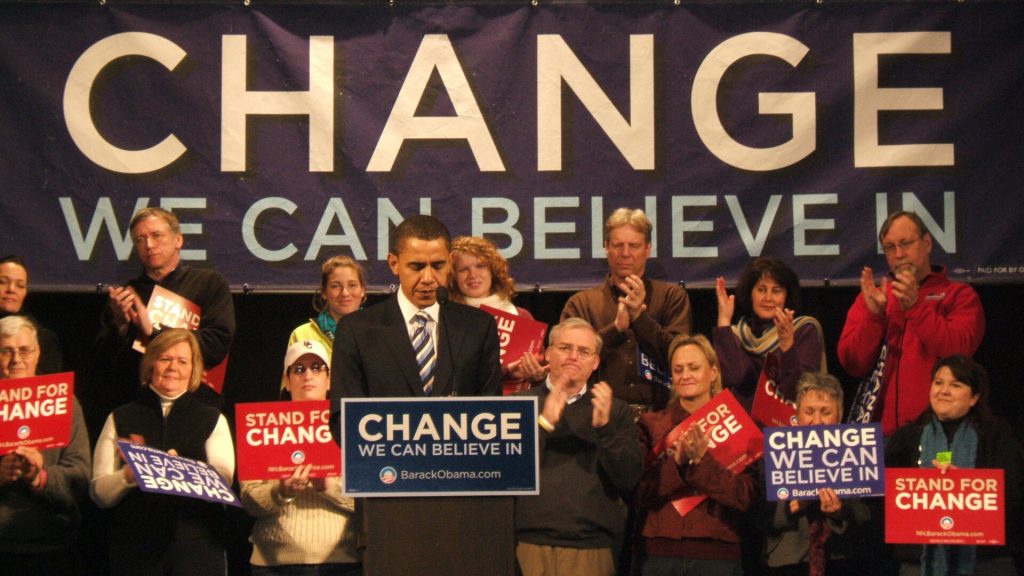
Responsible leaders must reaffirm diversity as a strength while combating irrational race anxieties flowing from unsavory sources.
Complexity in Predicting America’s Racial Future
Straightforward predictions about the country’s racial demographic destiny prove elusive given the layers of complexity surrounding racial identity itself. The very definitions of race and whiteness have adapted over history – as evidenced by some groups like Irish, Italians, and Jews that were once excluded from white status becoming reclassified as mainstream Caucasians over time.
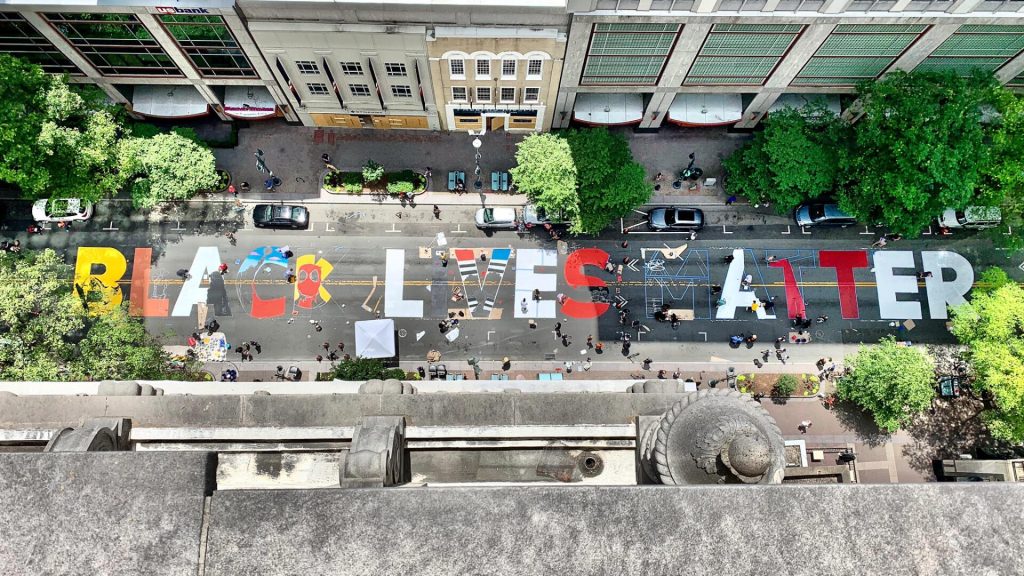
Furthermore, dynamic factors ranging from immigration policies to generational intermarriage trends introduce additional uncertainty into the models scientists use to forecast population changes. And that is before accounting for the most unpredictable element of all – how public attitudes on race relations and an evolving concept of diversity continue shifting in America. Altogether it makes definitive pronouncements extremely challenging.
Beyond Binary Race
The emerging prominence of multiracial couples and Americans identifying with two or more races challenges inadequate binary paradigms. As diversity accelerates, simplistic racial dichotomies fail to reflect the intricacies of identity and belonging.
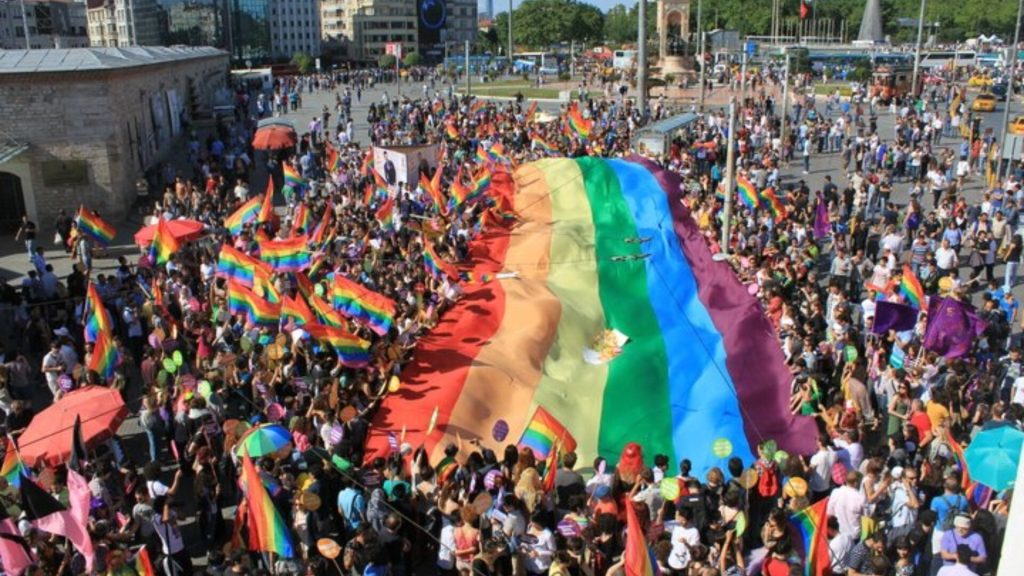
The very constructs require rethinking to include nuances around culture, nationality, sexuality, and beyond.
Shared Culture Now Defined Beyond Race
Especially for younger generations, affinity and community belonging stem much more organically from shared interests, aspirations, orientations, and philosophical perspectives rather than skin color alone. Self-concept and identity align increasingly with subjective elements like political worldviews, gender, sexuality, subcultures, and peer groups rather than traditional racial categories.
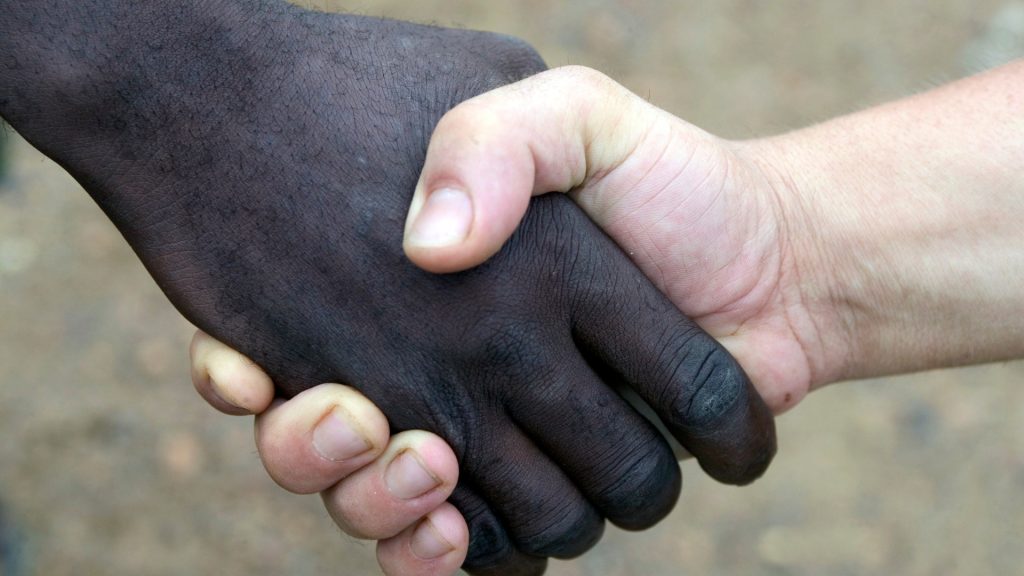
Multiracial friend circles and partners form profound social bonds rooted in common values, passions, and mindsets – not ethnic backgrounds. As younger generations collectively redefine concepts of community, group identity, and meaningful social connectors in these terms, race and skin color hold reduced prominence and salience in self-identity formation compared to the past. For members of Gen Z and increasingly Millennials as well, race occupies a declining role in determining who they view themselves to be at a core level. Their in-group vs out-group delineations stem from alignments around interests, political orientations, subcultures, and belief systems. Data shows generations to follow will likely continue expanding definitions of identity beyond racial constructs.
Bridging Today’s Generational and Cultural Divides
Popular perceptions of intensifying culture clashes between younger Americans focused on injustice and marginalization versus older conservatives seeking the preservation of traditional values and heritage certainly hold validity.
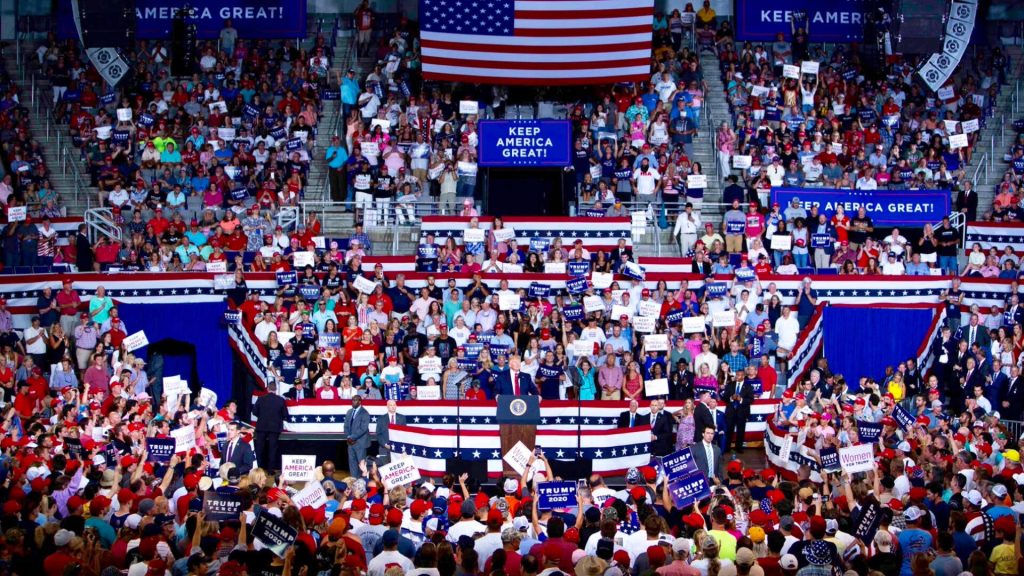
But many strands beyond race alone help explain these expanding generational gaps in worldviews. Younger citizens came of age in markedly different social and environmental conditions than previous cohorts. Plus the aging process itself fundamentally reshapes attitudes, priorities, and risk profiles at a neurological level. Finding common ground demands first recognizing the backgrounds fueling divergent perspectives – while refusing to accept that clashing views stem solely from racial tribalism. They often mark societal cohorts defined by formative experiences, not skin tones alone.
Forging New American Culture
Rather than allow anxieties to corrode national identity, America should harness change for cultural regeneration. The increasing diversity of the American populace brings new dynamics and perspectives, spurring innovation across industries. As people from varied backgrounds and life experiences come together, fresh ideas emerge and time-tested traditions meld into new cultural fusions.
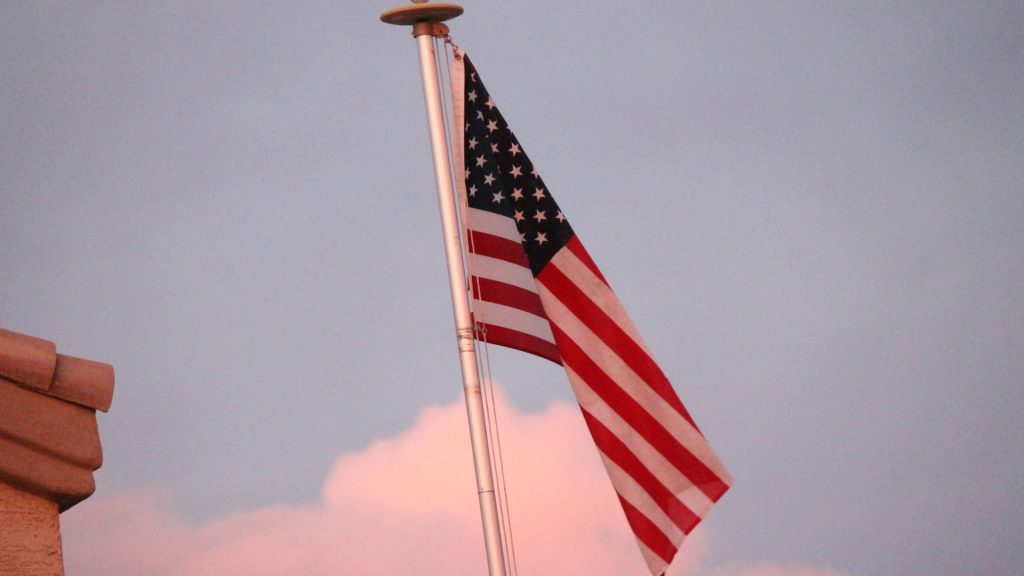
This diversity presents an opportunity to forge an inclusive national identity that incorporates all communities equally. Fresh visions of belonging can animate a refreshed nation, one that fully embraces its heterogeneous makeup. With openness, understanding, and compassion, a new American culture can emerge that represents the best of all its people.
The Great American Remix
Census data confirms an inexorable demographic shift, with nonwhite populations collectively edging toward local majorities across communities nationwide. However, principles of equality, liberty, and justice for all matter more than racial ratios.
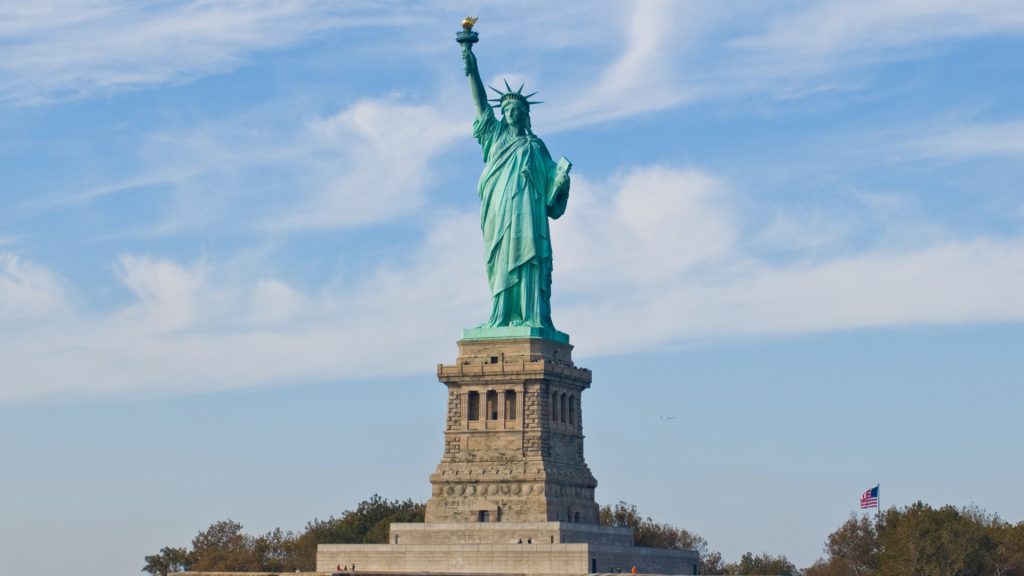
With pluralism now central to America’s civic identity, the emerging challenge involves proactively welcoming and elevating varied cultures in public life. Strength has always sprung from interwoven fabrics rather than homogeneity in this nation of immigrants. By empowering and amplifying marginalized voices, the threads of the American tapestry can be rewoven into a brilliant new design – one that reflects the perspectives and dignity of all.


